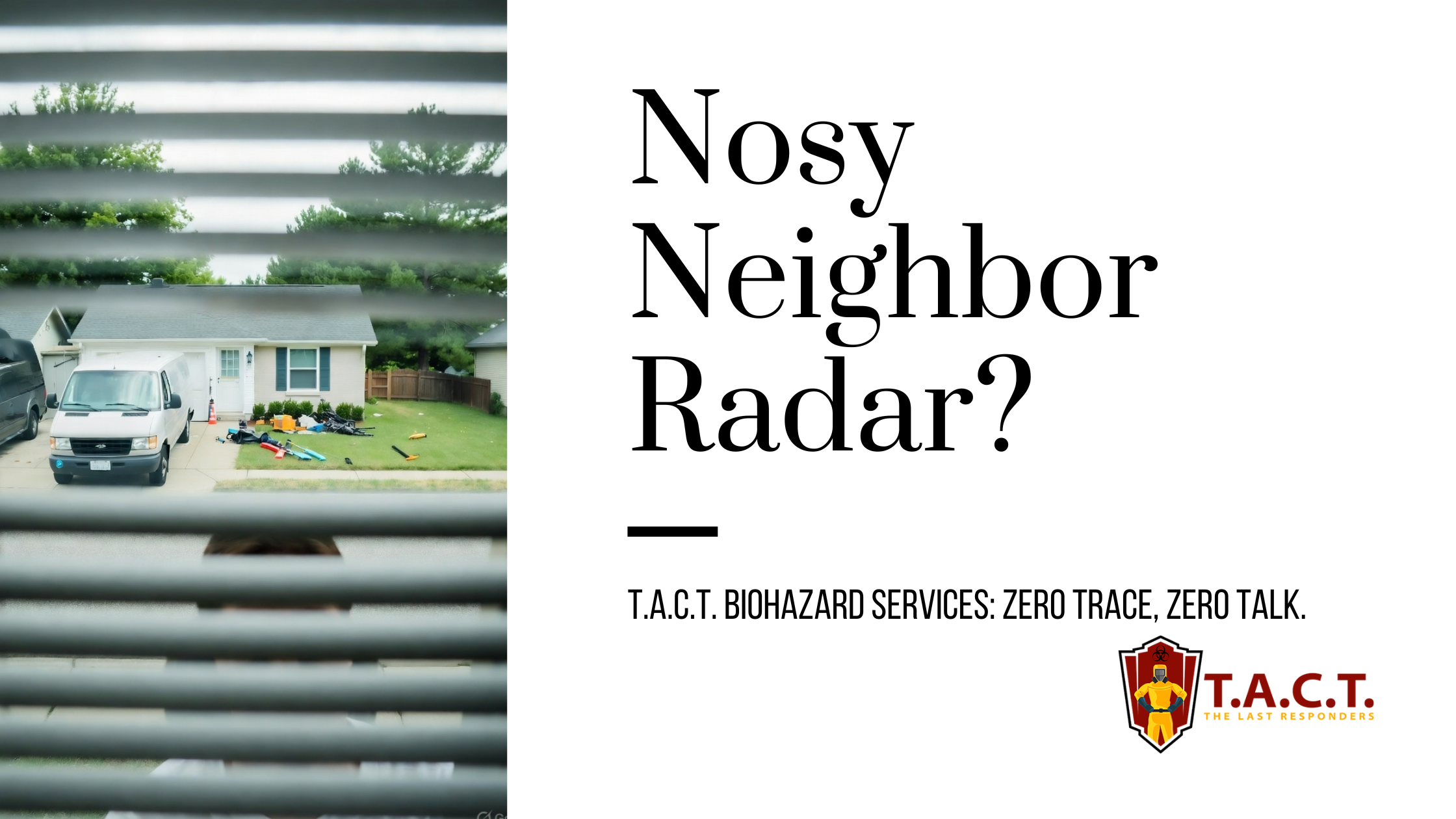Is Hantavirus Rare? Essential Facts & Prevention Guide

Is Hantavirus Rare? Understanding the Risks and Facts You Need to Know
Hantavirus may not make daily headlines, but this rare yet serious disease demands your attention. When a virus can progress from flu-like symptoms to life-threatening respiratory failure within days, understanding the facts becomes a matter of life and death.
This comprehensive guide will equip you with essential knowledge about hantavirus infection, from recognizing early warning signs to implementing effective prevention strategies. Whether you live in a rural area or simply want to protect your family from potential exposure, the information ahead could prove invaluable.
Hantavirus pulmonary syndrome represents one of medicine's most urgent diagnostic challenges. Early symptoms often mimic common illnesses, yet delayed treatment can result in fatal outcomes. By the end of this article, you'll understand how to minimize your risk, recognize dangerous symptoms, and respond appropriately if exposure occurs.
Understanding Hantavirus Disease
Hantavirus encompasses a family of viruses transmitted primarily through rodents, particularly deer mice in North America. These pathogens cause severe respiratory and kidney diseases that can rapidly progress to life-threatening conditions without prompt medical intervention.
The deer mouse serves as the primary carrier in North America, though other rodent species can harbor the virus. Unlike many infectious diseases, hantavirus doesn't spread between humans under normal circumstances. Instead, transmission occurs through contact with infected rodent droppings, urine, saliva, or nesting materials.
Geographic distribution patterns show the highest concentration of cases in western United States rural areas. However, cases have been documented across North and South America, making awareness crucial for travelers and residents in affected regions.
Types of Hantavirus Infection
Medical professionals recognize two primary forms of hantavirus infection, each targeting different organ systems with distinct clinical presentations.
Hantavirus Pulmonary Syndrome (HPS)
Hantavirus pulmonary syndrome, also called hantavirus cardiopulmonary syndrome (HCPS), attacks the respiratory system with devastating efficiency. This severe lung disease causes fluid accumulation in the lungs, leading to respiratory failure if untreated.
HPS progresses through distinct phases, beginning with flu-like symptoms before rapidly advancing to severe breathing difficulties. The mortality rate remains high, making early recognition and immediate medical care essential for survival.
Hemorrhagic Fever with Renal Syndrome (HFRS)
Hemorrhagic fever with renal syndrome primarily affects kidney function, though it can also impact other organ systems. This form occurs more commonly in Europe and Asia, caused by different hantavirus strains than those found in the Americas.
HFRS patients experience kidney dysfunction, internal bleeding, and fluid retention. While serious, HFRS typically has a lower mortality rate than HPS when patients receive appropriate supportive care.
Different virus strains produce varying disease patterns. The Andes virus represents one particularly concerning strain due to its severity and limited treatment options.
Transmission and Primary Carriers
Understanding transmission mechanisms empowers you to take effective protective measures against hantavirus exposure.
Rodent droppings represent the most common source of human infection. When dried droppings are disturbed through cleaning, construction, or other activities, virus particles become airborne and can be inhaled. This airborne transmission route makes proper safety precautions essential during cleanup activities.
Direct contact with infected rodents through bites or scratches can also transmit the virus, though this occurs less frequently than inhalation exposure. Fresh urine and saliva from infected animals pose additional transmission risks.
The deer mouse stands as the primary North American carrier, though white-footed mice and other rodent species can harbor the virus. These animals may appear healthy while shedding virus particles, making it impossible to identify infected rodents through visual inspection alone.
Rural environments provide ideal conditions for rodent populations and human-rodent contact. Barns, sheds, cabins, and other structures that attract rodents for shelter and food sources present elevated risk areas.
Recognizing Symptoms of Infection
Early symptom recognition can mean the difference between recovery and fatal outcomes, yet hantavirus symptoms often mimic other common illnesses.
Early Stage Symptoms
Initial hantavirus symptoms closely resemble flu-like illness, creating diagnostic challenges for healthcare providers. Patients typically experience fever, fatigue, and muscle aches that may persist for several days.
These early symptoms often prompt people to rest and wait for improvement, delaying crucial medical evaluation. However, hantavirus requires immediate professional assessment to prevent progression to severe stages.
Progressive Symptoms
As the infection advances, respiratory symptoms become prominent and alarming. Patients develop trouble breathing, chest pain, and persistent coughing as fluid accumulates in their lungs.
The transition from early symptoms to respiratory distress can occur rapidly, sometimes within 24-48 hours. This quick progression underscores the importance of seeking medical care immediately when symptoms appear, particularly following potential rodent exposure.
Severe cases may develop additional complications including internal bleeding, kidney failure, and complete respiratory failure requiring intensive care support.
Incubation Period and Disease Progression
The hantavirus incubation period ranges from one to eight weeks, with most cases developing symptoms within two to four weeks following exposure. This variable timeframe can complicate diagnosis, as patients may not immediately connect their symptoms with potential rodent contact.
During the incubation period, the virus spreads throughout the body while patients remain asymptomatic. This silent progression allows the infection to establish itself in target organs before symptoms alert patients to seek medical care.
Individual factors including overall health status, age, and immune system function may influence incubation duration and symptom severity. However, even healthy individuals can develop severe disease, making prevention the most reliable protection strategy.
The strain of hantavirus involved also affects disease progression and outcomes. Some strains produce more severe symptoms or have higher mortality rates than others.
Diagnosis and Medical Testing
Diagnosing hantavirus infection requires specialized laboratory testing combined with careful evaluation of patient history and symptoms.
Healthcare providers rely on blood tests to detect hantavirus antibodies or viral genetic material. These tests can confirm infection, but results may take time to process, requiring providers to begin supportive care based on clinical suspicion.
Medical history plays a crucial role in diagnosis. Providers specifically ask about recent rodent exposure, rural area activities, or cleaning projects that might have disturbed rodent droppings. Geographic location and seasonal factors also influence diagnostic consideration.
Imaging tests including chest X-rays or CT scans can reveal lung changes characteristic of hantavirus pulmonary syndrome. These findings help guide treatment decisions and monitor disease progression.
Urine tests and additional blood work help assess kidney function and overall organ system status, particularly important for monitoring disease complications.
Treatment Options and Recovery
Currently, no specific antiviral treatment exists for hantavirus infection. Medical care focuses on supportive measures to help patients' bodies fight the infection while managing symptoms and complications.
Supportive care strategies include maintaining proper hydration, ensuring adequate oxygen levels, and supporting blood pressure. Severe cases require hospitalization in intensive care units with advanced respiratory support equipment.
Rest and careful monitoring allow healthcare teams to detect complications early and adjust treatment accordingly. Patients may need breathing assistance through mechanical ventilation if respiratory failure develops.
Recovery outcomes vary significantly based on how quickly patients receive medical care and the severity of their infection. Early medical intervention substantially improves survival chances and reduces long-term complications.
Complete recovery is possible with appropriate medical support, though some patients may experience lasting effects on lung or kidney function. Rehabilitation services may be necessary to help patients regain full strength and capacity.
Prevention and Risk Reduction Strategies
Effective hantavirus prevention centers on avoiding rodent contact and properly managing environments that attract these animals.
Rodent-Proofing Your Environment
Seal holes and gaps in buildings using steel wool, caulk, or other materials that rodents cannot chew through. Pay special attention to areas around pipes, vents, and foundations where small openings might allow rodent entry.
Store food items in rodent-proof containers made of glass, metal, or thick plastic. This includes pet food, birdseed, and other items that might attract rodents to your property.
Remove potential nesting sites by clearing brush, woodpiles, and debris from around buildings. Maintain grass and vegetation at short lengths near structures to reduce rodent habitat.
Safe Cleanup Procedures
When cleaning areas with potential rodent contamination, always wear protective equipment including gloves, masks, and eye protection. N95 respirators or higher-grade masks provide better protection against airborne particles.
Never sweep or vacuum dry rodent droppings, as this can disperse virus particles into the air. Instead, spray the area with a disinfectant solution and allow it to soak before cleaning with disposable materials.
Use a bleach solution (1 part bleach to 10 parts water) or commercial disinfectant to spray contaminated areas before cleanup. This helps reduce virus viability and makes cleanup safer.
Double-bag all contaminated materials and dispose of them properly following biohazard clean up services protocols. Wash hands thoroughly after removing protective equipment, even when gloves were used throughout the process.
Rural Areas and Elevated Risk
Rural environments present unique challenges for hantavirus prevention due to increased rodent populations and frequent human-rodent contact opportunities.
Agricultural activities, hunting, camping, and cabin maintenance all create potential exposure situations. Workers and residents in rural areas should maintain heightened awareness of rodent signs and implement prevention strategies consistently.
Seasonal patterns influence risk levels, with spring cleaning activities often coinciding with peak exposure potential. Winter cabin openings require special precautions, as rodents frequently use these structures for shelter during cold months.
Outdoor work including construction, farming, and forestry can disturb rodent habitat and increase exposure risk. Employers should provide appropriate safety training and protective equipment for workers in high-risk environments.
The Role of Healthcare Providers
Healthcare providers in rural and high-risk areas play essential roles in hantavirus prevention and treatment through education, early recognition, and appropriate medical care.
Provider education about hantavirus symptoms and risk factors enables faster diagnosis and treatment initiation. Many healthcare facilities in rural areas see few hantavirus cases, making ongoing education crucial for maintaining clinical skills.
Patient education represents another critical provider responsibility. Healthcare teams can help patients understand prevention strategies and recognize early warning symptoms that require immediate medical attention.
Collaboration with public health officials ensures proper case reporting and community response measures. This partnership helps identify outbreak patterns and implement targeted prevention programs.
Public Health Response and Disease Control
Public health agencies monitor hantavirus cases to identify trends, high-risk areas, and potential outbreaks requiring coordinated response efforts.
Surveillance systems track case numbers, geographic distribution, and seasonal patterns to guide prevention resource allocation. This data helps identify communities needing enhanced education or environmental management programs.
Education campaigns raise public awareness about hantavirus risks and prevention strategies. These programs target high-risk populations including rural residents, outdoor workers, and recreational enthusiasts.
Collaboration between local, state, and federal agencies ensures coordinated response capabilities and resource sharing during outbreak situations.
Current Medical Research and Future Developments
Ongoing medical research focuses on developing specific treatments, improving diagnostic methods, and better understanding hantavirus transmission patterns.
Vaccine development remains an active area of investigation, though no commercially available vaccine currently exists for hantavirus prevention. Research continues to evaluate potential vaccine candidates and delivery methods.
Treatment research explores antiviral medications, immunotherapy approaches, and improved supportive care protocols. These efforts aim to reduce mortality rates and improve recovery outcomes for infected patients.
Diagnostic technology advancement seeks to create faster, more accurate testing methods that could enable earlier treatment initiation and better outcomes.
Protecting Your Family: Next Steps for Prevention
Hantavirus may be rare, but its potential for devastating consequences makes prevention efforts essential for anyone living in or visiting areas where rodent exposure might occur.
Start by assessing your environment for rodent access points and potential attractants. Implement the rodent-proofing strategies outlined above, paying special attention to food storage and structural integrity. Regular property maintenance and cleaning can significantly reduce your family's exposure risk.
Educate family members about hantavirus symptoms and the importance of reporting potential rodent contact immediately. Create an action plan for cleanup situations that might involve rodent droppings, ensuring everyone knows proper safety procedures.
If you live in a rural area or engage in high-risk activities, establish relationships with healthcare providers familiar with hantavirus diagnosis and treatment. Know where to seek emergency care and don't hesitate to mention potential rodent exposure when symptoms develop.
Remember that hantavirus represents a preventable threat when you take appropriate precautions. Your vigilance and preparation can protect your loved ones from this serious but manageable health risk.
Meta data
Meta title
Is Hantavirus Rare? Essential Facts & Prevention Guide
Meta description
Learn about hantavirus risks, symptoms, and prevention. Discover how to protect your family from this rare but serious rodent-transmitted disease.
Latest news

Nosy neighbors peeking? T.A.C.T. North Atlanta offers discreet biohazard remediation for rodent infestations, mold, hoarding, and more. Unmarked vehicles, quiet experts, full privacy—24/7 service at 470-781-4775.
Read More

